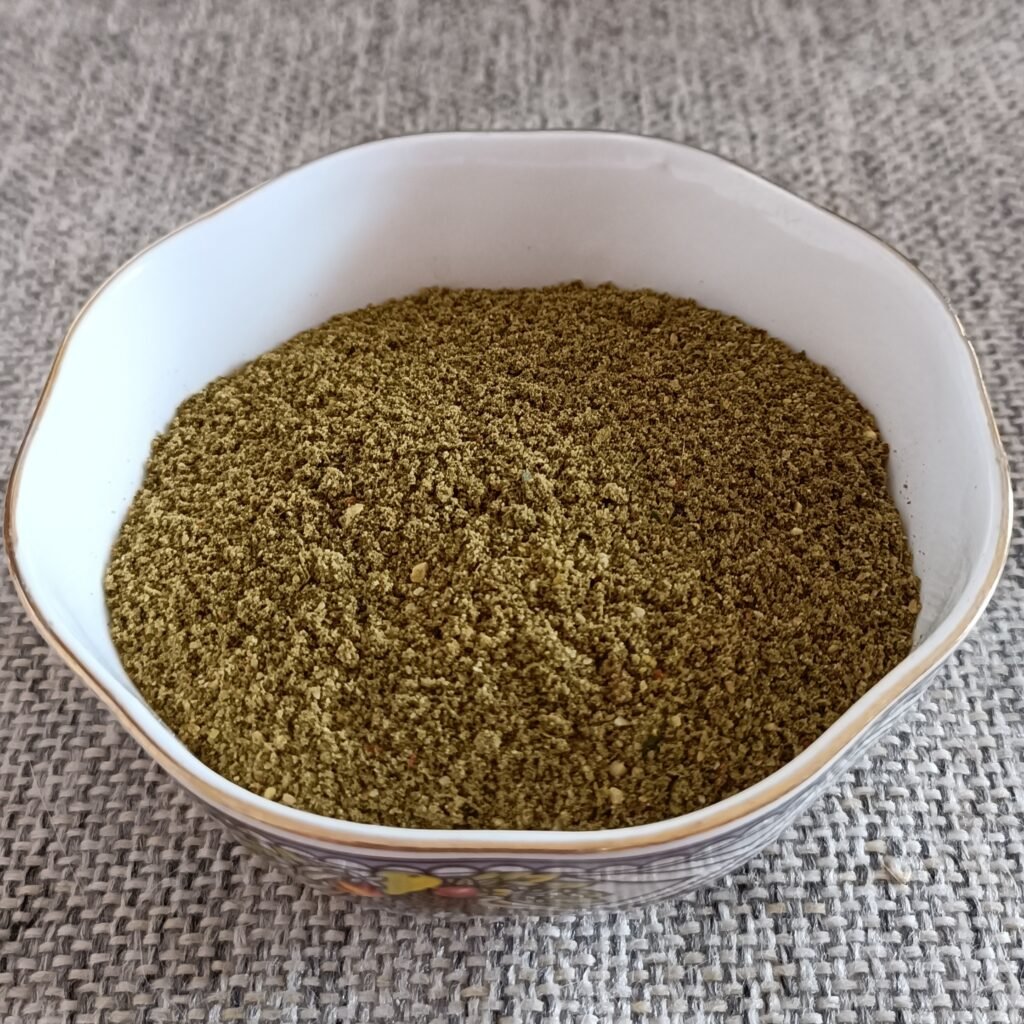These traditional chutneys are a great source of hidden nutrition. Curry leaves are not only flavorful, but are so easy to add to many of our dishes. This chutney is very versatile and you can try adding other ingredients like dried coconut, coriander seeds, jaggery and even sesame seeds to modify its flavor. You can increase or reduce the amounts of the other ingredients as you wish, too, though this recipe is as close to the traditional recipe as possible.
Recipe: Darshana Muzumdar
Makes 1/2 cup
Ingredients
- 2 cups of curry leaves
- ½ tbsp chana dal
- 1 tbsp urad dal
- ½ tsp pepper
- ½ tsp cumin seeds
- 3-4 dried red chillies
- ¼ tsp hing powder
- 1 small lime sized ball of tamarind or 1 tsp amchur powder
- Salt to taste
Method
Wash and dry the leaves thoroughly. You can do this on a napkin, or in a colander overnight, or under the fan. I usually wash them before I take them off the branch so they dry faster.
Roast the curry leaves on medium to low heat till they are crisp and crumble easily. Transfer them to a plate to cool.
Roast each of these ingredients separately: the chana dal, urad dal, pepper corns, cumin seeds, red chillies and asafoetida and transfer each to the curry leaves in the plate as they get done.
Put all these ingredients into a blender jar and add ¼ teaspoon salt. Be careful with the salt as the curry leaves already contain enough.
Blend into a powder and transfer into a jar. This can last for around a month, but it is always best to finish it as soon as possible as it will lose its nutritional value and taste with time.
This is usually had with sticky rice. Put the cooked rice in a bowl and add as much curry leaf podi as you wish. Add a teaspoon or so of cold pressed coconut oil and mix it all well. You can enjoy this as a snack or have it along with some vegetable, dal and papad as a meal. You can also add this chutney to dishes like thalipeeth, and other vegetables and dals to enhance their flavor.
This amount is enough for two to four people, having a traditional Indian meal, as an accompaniment and to sprinkle over your rice.
For the Whole-Food Plant-Based (WFPB) version:
This chutney won’t taste as good if you use the dals with the skin on, but the above recipe is as good as a whole plant based dish as it is minimally processed.
Use unrefined salt like rock salt.


Share this:
- Click to share on Facebook (Opens in new window)
- Click to share on WhatsApp (Opens in new window)
- Click to share on Twitter (Opens in new window)
- Click to share on Pinterest (Opens in new window)
- Click to share on LinkedIn (Opens in new window)
- Click to share on Reddit (Opens in new window)
- Click to share on Tumblr (Opens in new window)
- Click to share on Pocket (Opens in new window)
- Click to share on Telegram (Opens in new window)
- Click to print (Opens in new window)

